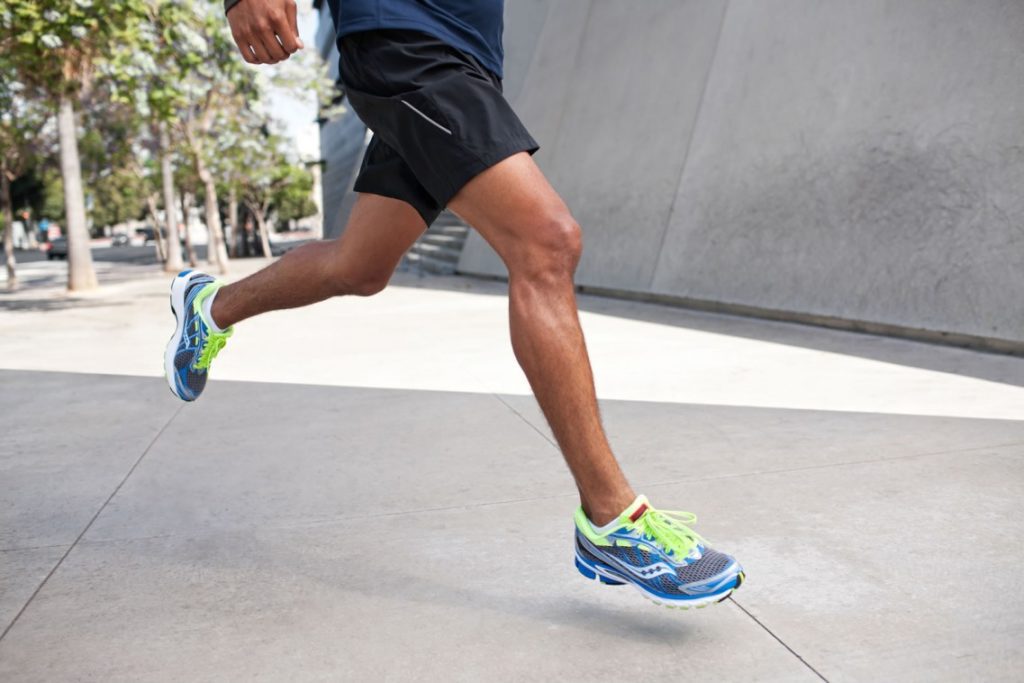For many runners, the ultimate goal is to boost speed and performance. While efforts often go towards increasing VO₂ max numbers or logging extensive mileage, a crucial factor frequently overlooked is running economy. In this article, we will delve into what running economy is, its significance, and practical methods to enhance it, all while focusing on the keyword “running efficiency.”
Understanding Running Economy
Running economy refers to the energy expenditure of a runner while maintaining a steady pace. To put it simply, it measures how efficiently the body utilizes oxygen during a run, similar to fuel efficiency in vehicles. Two runners may exhibit comparable fitness levels, yet if one exhibits a superior running economy—utilizing less oxygen at an identical speed—they’ll be able to sustain pace and perform better, particularly during the latter stages of a race.
Why Running Economy Matters
Optimizing running economy is essential for both recreational and competitive runners. Unlike VO₂ max, which reflects the maximum oxygen uptake, running economy focuses on how efficiently an athlete can use that oxygen at race pace. This element has emerged as a pivotal differentiator among competitive runners. A recent systematic review published in Sports Medicine analyzed multiple studies regarding strength training’s effects on running economy. The findings revealed that heavy strength training (with loads around 80% of an individual’s maximum) and plyometric exercises such as jumping and bounding can significantly enhance running efficiency, primarily at moderate intensities.

How to Improve Your Running Economy
It’s crucial to remember that improving running economy involves a more holistic approach rather than merely increasing mileage. Here are several effective strategies:
Lifting Heavy Weights
Incorporate resistance training into your routine. Aim for two sessions each week, focusing on compound lifts such as squats, deadlifts, and lunges. Prioritize lower repetitions (3 to 6 reps) with higher loads to build more powerful and stable movement without adding bulk.
Incorporating Plyometrics
Integrate plyometric exercises such as skipping, hopping, and bounding into your training regimen. While they may appear straightforward, these activities enhance the elastic qualities of your muscles and tendons. One or two short sessions per week can noticeably contribute to your running efficiency.
Performing Short Hill Sprints
After completing an easy run, consider adding 8–10 second hill sprints. Ensure full recovery between sprints. This method helps in building strength and improving force application while running, contributing to better running economy.
Avoiding Mileage Obsession
Many runners mistakenly equate higher mileage with improved fitness. However, running economy is more substantially influenced by strength, form, and appropriate recovery. If your form deteriorates when fatigued, the efficiency needed for optimized performance will decline.

The Bottom Line
Enhancing running economy may not result in immediate and observable changes, but consistent training will allow runners to maintain their paces for extended periods without excessive exertion. It also tends to make finishing races feel stronger and more manageable. This is a performance enhancement that can be achieved through minor adjustments to your existing training routine without the necessity of running longer or harder.
Additional Resources
For those interested in further enhancing their running efficiency, consider reading more on how steady-state workouts can help optimize performance, or check out the significance of strength training for running.
Ultimately, improving running economy is a gradual process fueled by dedication and smart training choices. By focusing on these key areas, runners can redefine their approach to efficiency and set new personal bests with every stride.
